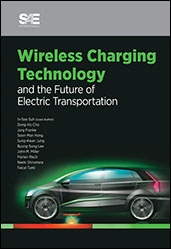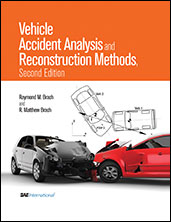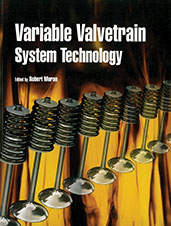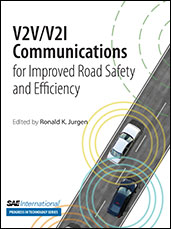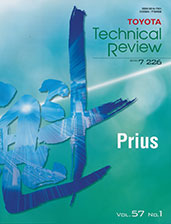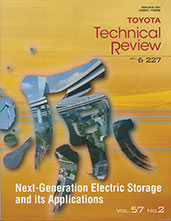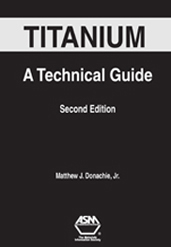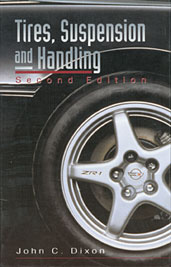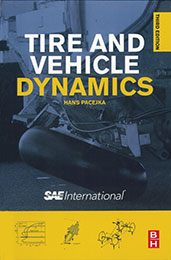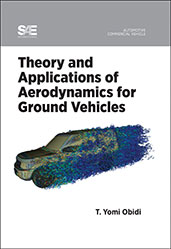Book

Women Driven Mobility: Rethinking the Way the World Moves
2021-11-22
Where do women fit into the automotive industry? In every possible space-including those they have yet to invent! As Katelyn Shelby Davis and Kristin Shaw demonstrate in Women Driven Mobility, women are in leadership roles in all aspects of the industry. Davis and Shaw seek bring awareness and reroute this through a series of case studies that feature women working in 11 vital pillars of the mobility industry: This book presents over 40 case studies of women leading the way mobility and automotive innovation. Through interviews with leaders across the entire spectrum of industry, readers see the impact of diverse perspectives on actual projects all over the world. From creating accessible AV transportation with May Mobility to developing safe pedestrian and bike routes through Tribal Land, Karuk Tribe to championing diversity, equity and inclusion across the industries, readers are walked through each stage of the project from analysis to conclusion.
